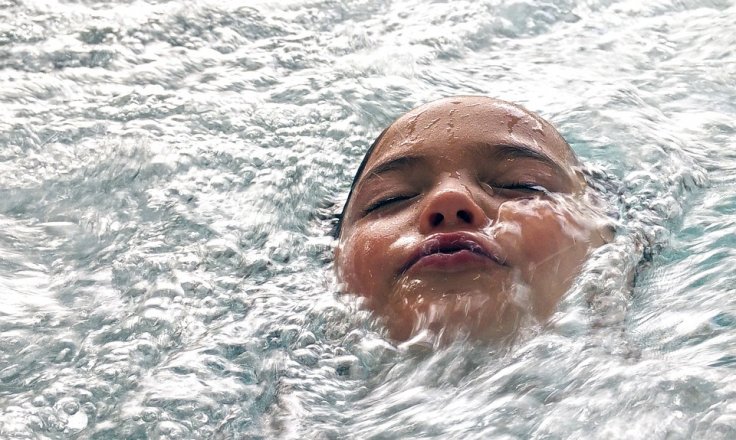As temperatures soar in the US, and people take to rivers and ponds for a dip to keep the heat at bay, the Florida Department of Health (DOH) has warned of a danger lurking in the waters. The DOH has reported a case of confirmed infection with the "brain-eating" pathogen, Naegleria fowleri, in Hillsborough County, Florida.
According to a statement by the DOH, while only 37 cases of infection have been reported in Florida since 1962, the danger of the amoeba's presence in water bodies cannot be discounted. "DOH cautions those who swim and dive frequently in Florida's lakes, rivers and ponds during warm temperatures about the possible presence of Naegleria fowleri," read the statement.
'Brain-eating' Amoeba
Naegleria fowleri is a single-celled amoeba that is commonly found in warm freshwater bodies such as ponds, lakes, canals and rivers. It causes a rare yet life-threatening infection called primary amoebic meningoencephalitis (PAM), which often results in death. The amoeba is known to grow well in waters whose temperatures are 80 degrees or above, specifically those that are slow-moving or stagnant.

The infection is contracted when the water laden with the potent pathogen enters the nose when one jumps or dives into freshwater sources thriving with the amoeba. After the microbe enters the nose, it makes its way to the brain through the nasal cavity and travels along the crucial olfactory nerve. Once it reaches the brain, it begins damaging brain tissue. Thus, the name, "brain-eating amoeba".
"Infections usually occur when temperatures increase for prolonged periods of time, which results in higher water temperatures and lower water levels. The peak season for this amoeba is July, August and September," the statement said.
Can Be Mistaken For Other Diseases
While the disease is potent, there is some good news. The infection is not contagious and the consumption of contaminated water does not lead to transmission. However, it can be mistaken for illnesses such as flu and bacterial meningitis
On average, the development of symptoms takes around five days. Some of the symptoms are headache, nausea or vomiting, and fever. Unfortunately, it can rapidly intensify to other extreme symptoms such as seizures, loss of balance and hallucinations. The progression of the infection can be aggressive and can result in death within two weeks of contracting it. If one starts developing symptoms after freshwater enters the nose after diving into waters infested with the pathogen, medical help must be sought immediately.









